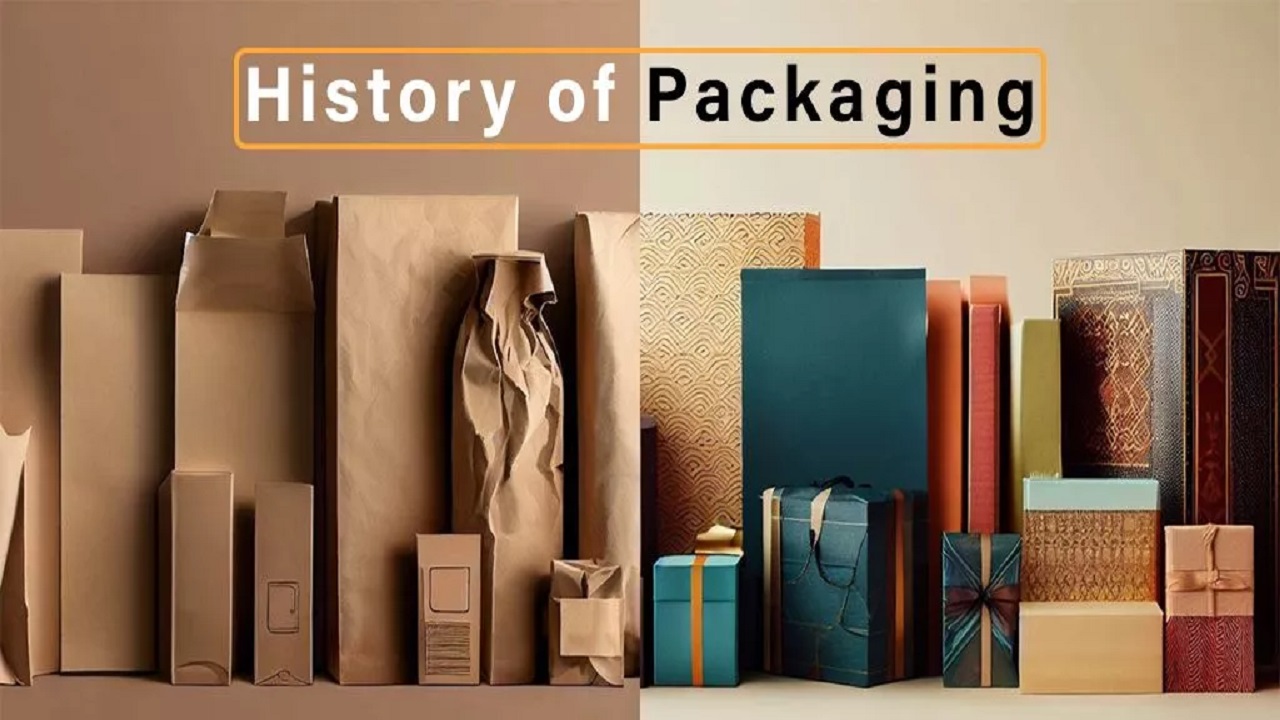The shipping boxes have evolved a lot from their early days. Originally, they were just basic and practical, but they have become complex and versatile solutions for the packaging needs of contemporary businesses. The evolution of the transportation of large parcel shipment boxes from conventional techniques to modern ones involves the application of new technologies, changing consumer buying trends due to the adaptation of E-commerce, and emerging concerns about the environmental impacts of bulk shipping boxes.
Functional Bulk Shipping Boxes and the Emergence of E-commerce
In the early days, bulk shipping boxes were mostly created from simple materials such as wood or metal. These materials were strong but heavy, and this made them to be expensive to transport over long distances. Wood crates were used to ship objects from one country to another or even across the seas since they could be designed to comport with the requirements of the consignment. However, these shipping methods were bulky, and the packaging itself was too rigid or costly to support large-scale operations. The Industrial Revolution saw the coming of paper-based packaging, particularly the corrugated cardboard box. At the turn of the twenty-first century, when digital technology took center stage, E-commerce revolutionized global trading systems. While many ventures went online, the orders for bulk shipping boxes increased at a growing rate. Many organizations thus started looking for packaging solutions that would mean high volumes, improved shipment resistance, and at a lower price. This, in turn, led to further improvements in the design and the material used in the bulk shipping boxes. Innovations like double-wall ridged cardboard provided better protection than the single-wall method but without the extra expense that would be incurred if more dense materials were used.
Sustainability: A Growing Focus Bulk Shipping Boxes
One of the main forces behind packaging development in recent years has been sustainability. Customers and companies are shifting to more environmentally friendly and sustainable packaging because of growing concerns about climate change, waste management, and landfills worldwide. Modern bulk shipment boxes made of recyclable and biodegradable materials have satisfied these demands. On the same note, there has been progress in the box design, too; they have come up with small and thin structures made from a small amount of material compared to the regular ones to ease environmental pollution.
Smart Packaging: The Future of Bulk Shipping Boxes
The future of bulk shipping boxes is in technology and smart innovations. RFID (Radio frequency identification) tags, QR codes, and sensors may be included in packaging to increase control over the flow of shipments and avoid cases of loss or product damage. Also, with 3D solutions, such as 3D printing of automated packaging machines, companies can develop personalized shipping boxes on a large scale. These technologies make it possible for the packaging to not only be useful but also to be designed to fit the requirements of the product being shipped.
Conclusion
From simple wooden boxes to advanced green bulk shipping containers, the advancement of shipping boxes has been informed by the need to optimize efficiency, sustainability, and innovation. With the contemporary development of E-commerce services and products and consumers’ preferences developing, the packaging industry will keep on developing smarter and more sustainable ways of fulfilling the needs of the global market.
